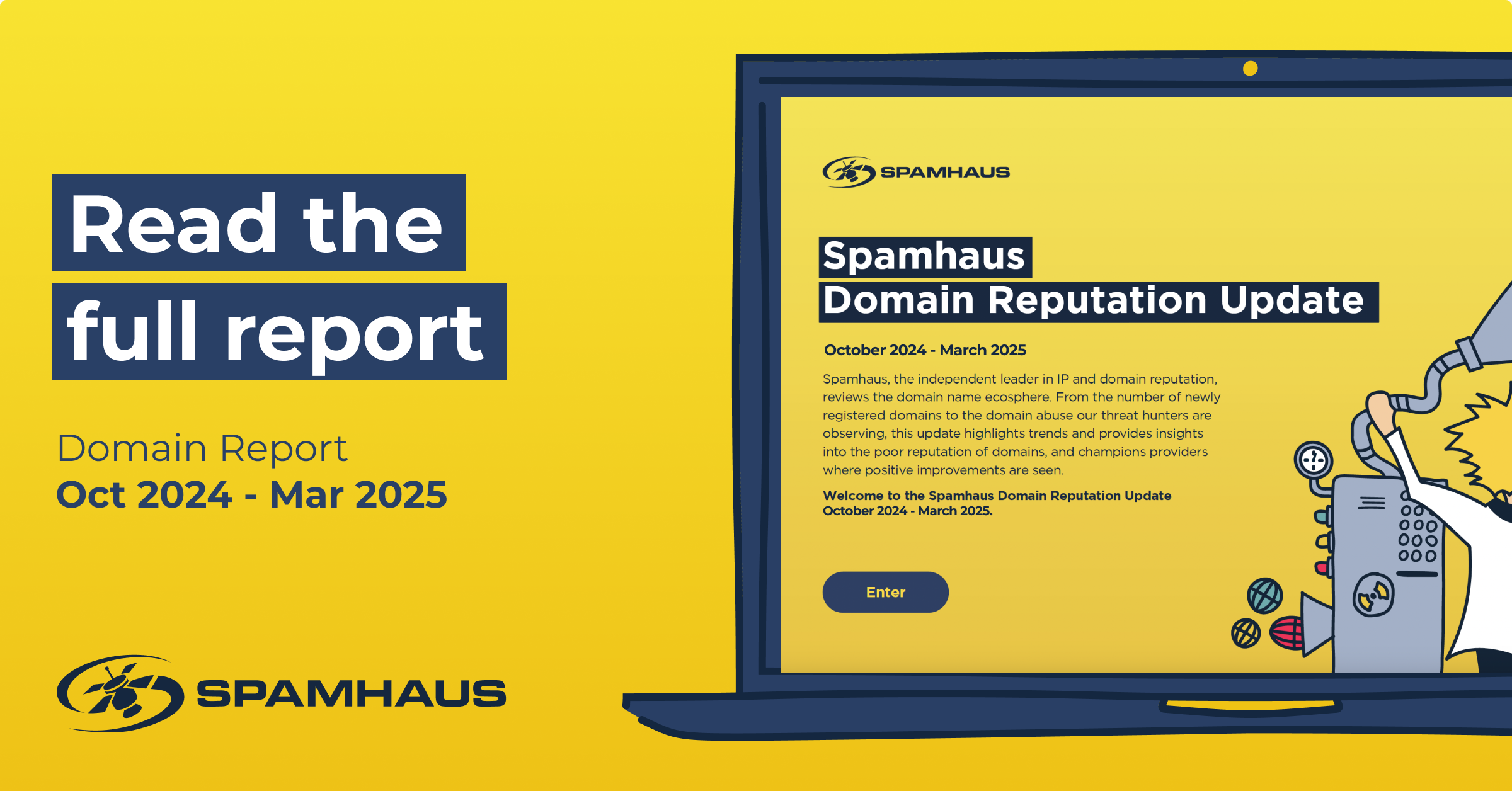Resource Hub
From the latest news and insights, to blogs and best practices, find resources on IP and domain reputation, malware, DNS blocklists, threat intelligence, and more.
Most Recent First
Alphabetic
Most Recent First
Filter by date published
Add format filter
Add tag filter


